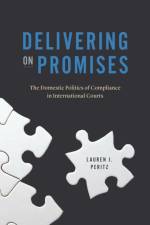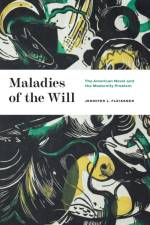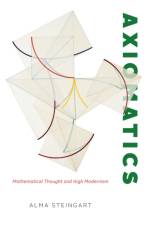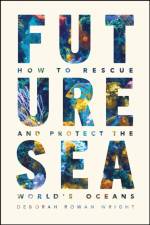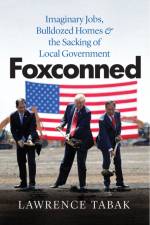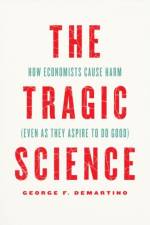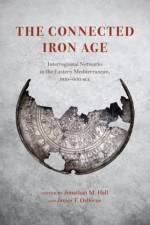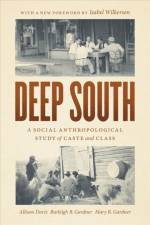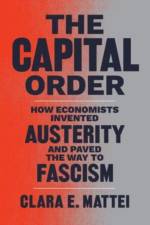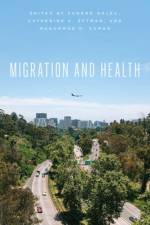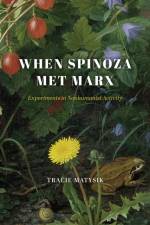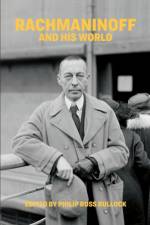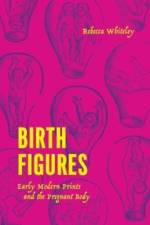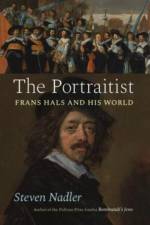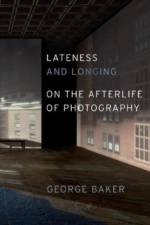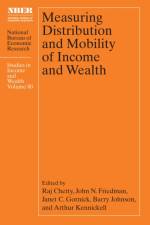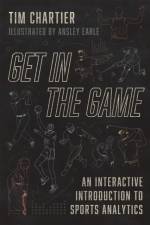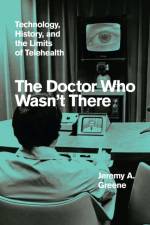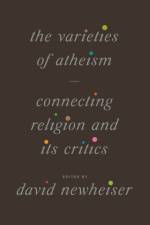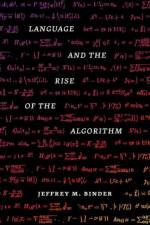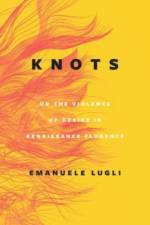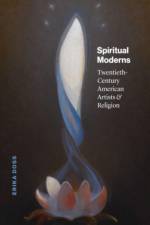av Professor George F. DeMartino
419
"The practice of economics, as any economist will tell you, is a powerful force for good. Economists are the guardians of the world's economies and financial systems. The applications of economic theory can alleviate poverty, reduce disease, and promote sustainability. While this narrative has been successfully propagated by economists, it belies a more challenging truth: economic interventions, including those that are deemed successful, also cause harm. Sometimes, the harm is manageable and short-lived. But often the harm is deep, enduring, and even irreparable. And too often the harm falls on those least able to survive it. In The Tragic Science, George F. DeMartino says what economists have too long ignored: that economists do great harm even as they aspire to do good. Everyone-including professionals in applied fields like public policy and government, and all those who are affected by economic practice-needs to understand how and why, and what can be done to address the problem. DeMartino isn't a whistleblower, and he's not casting his profession in nefarious terms. His argument is that economic harm is complicated, and economists aren't equipped by their professional training to understand the causes and implications of the harm its practice induces. Not least, the profession represses its "irreparable ignorance"-the impossibility of knowing enough to do what economists are presently doing. For instance, economics requires discovering causality, but causal explanations in the social world require fictitious 'counterfactual' accounts of the world that can't be proven to be right or wrong. As a consequence economists at best enjoy influence without control, which generates unpredictable harms. His case for change is centered on embracing irreparable ignorance, such as through "decision-making under deep uncertainty" (DMDU). DMDU represents a shift away from the field's longstanding hubris and paternalism and toward professional humility and respect for the autonomy of those whom economists seek to serve. The Tragic Science is an essential, clear-eyed recasting of the dangers arising from the practice of society's most powerful science"--

